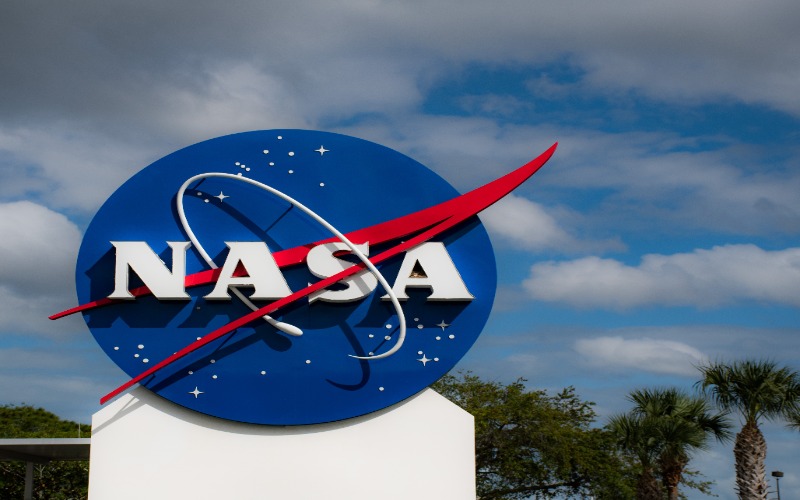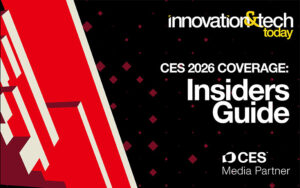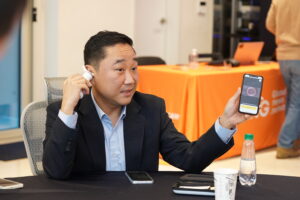STEM education at a young age can foster curiosity, promote critical thinking skills, introduce technology literacy, and bring a connectedness between classroom learning and the real world.
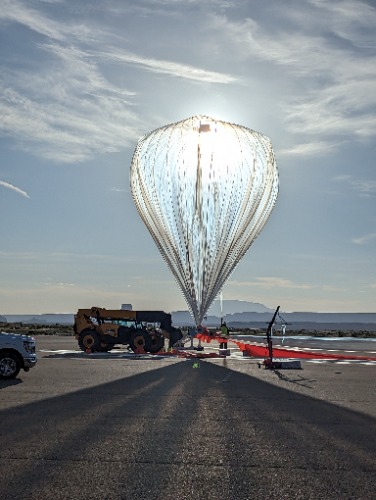
NASA is doing its part of making STEM curiosity and application a reality. Danielle McCulloch, the program manager for Flight Opportunities at NASA, said that their activities “aim to reach students who may otherwise not feel connected to STEM topics, careers, and space exploration.”
One of these activities is the TechRise Student Challenge, which is a major investment for generating a future STEM workforce that’s diverse, accessible, and full of competent individuals ready to take on future challenges that might present themselves.
What Is the TechRise Student Challenge?
The TechRise Student Challenge allows children in grades 6-12 to participate in first-hand experiment developments for aerospace or Earth Science. With the guidance of an educator, students who attend a U.S. public, private, or charter school – including those in U.S. territories and Tribal-controlled schools – create a team of four and come up with an idea submission. NASA volunteer judges will choose 60 teams to give $1,500 to move forward and build their proposed experiment idea, a flight box, and a spot on either a rocket-powered lander test flight or a high-altitude balloon.
The student participants will think of an idea, create a payload, and perform a flight test that current NASA researchers do daily. With no experience required to participate in the TechRise Student Challenge, NASA is truly opening doors for every student interested in participating in space exploration and Earth science on a whole new level.
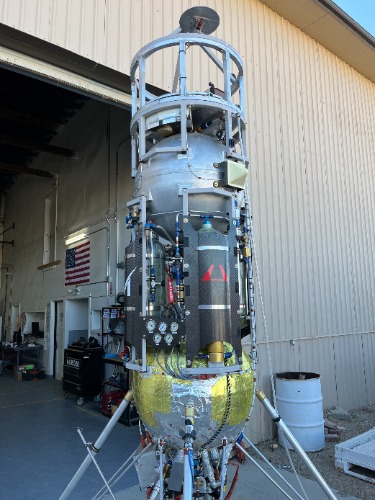
McCulloch believes that the TechRise Student Challenge “aims to inspire the next generation – the Artemis generation – by providing them with the experience and confidence to further explore their passions in STEM.”
How Does TechRise Benefit Students?
With a STEM activity directly linked to NASA, the TechRise Student Challenge is monumental for participants’ educational and professional careers. The mentorship from educators and future engineers and hands-on experience at TechRise will “foster participants’ understanding of their personal connection with STEM topics and how they may contribute to STEM fields,” McCulloch said.
In addition to the various technical skills learned by working with mentors throughout the process, it can increase students’ confidence in themselves working in the STEM industry and develop other necessary mastery like budget management, leadership, and presentation skills.
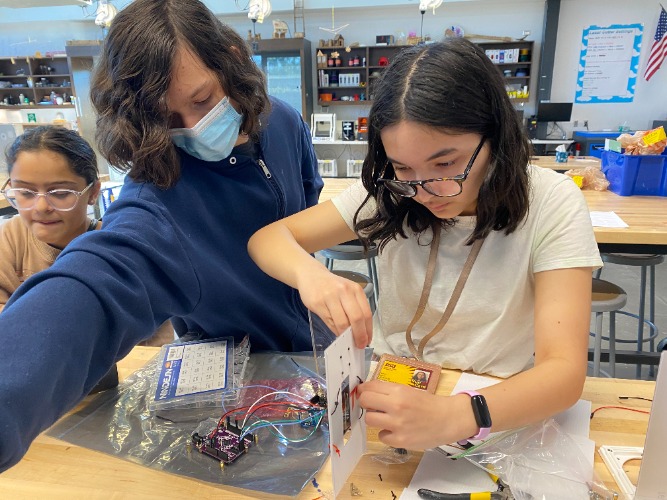
“NASA relies on programs like TechRise to build students’ passion for science and technology through hands-on experience. TechRise prepares them to become the next generation of innovators, scientists, and explorers that will unlock the secrets of the universe,” McCulloch said.
Success From Past TechRise Student Challenges
The third TechRise Student Challenge is bound to be a time of learning, innovation, and STEM success. With the learned skillsets, cooperation with students and mentors, and real-world experiences being a success in and of itself, the discoveries sometimes have bigger positive impacts than a successful STEM student activity.
McCulloch shared various success stories that unveiled transformative discoveries in the STEM industry: “We had experiments that looked at how high altitudes affect solar panel energy output, how to protect computer components from radiation in the stratosphere, how to prevent skin damage in the upper atmosphere, and how to ensure astronaut well-being during long-duration missions. Their creative approach and their ability to think about things a little bit differently was very inspiring.”
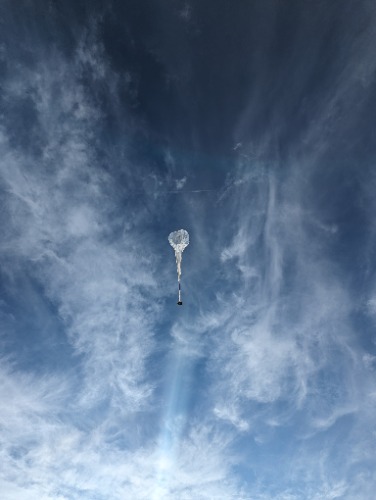
How Can You Get Involved?
The third annual TechRise Student Challenge submissions are due Oct. 20. Educators can visit https://www.futureengineers.org/nasatechrise to learn about the challenge, form a team of four students, read the guidelines for experiment ideas, and submit! Videos and design guidelines are available to review before submissions to decide if the experiment is best suited to a high-altitude balloon or the rocket-powered lander. There is no limit to the number of entries for schools and educators alike, so long as the ideas are unique.
“My advice is: Go for it! You can do it. You don’t need any experience, just a good idea! We want to see entries from across the country, from every state and region,” McCulloch said.
Discover more world-changing initiatives for STEM education in the upcoming issue of STEM Today!



